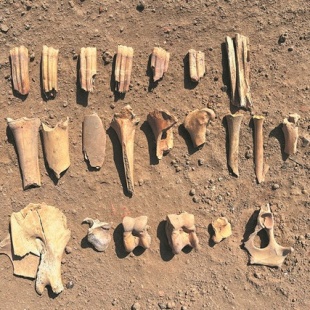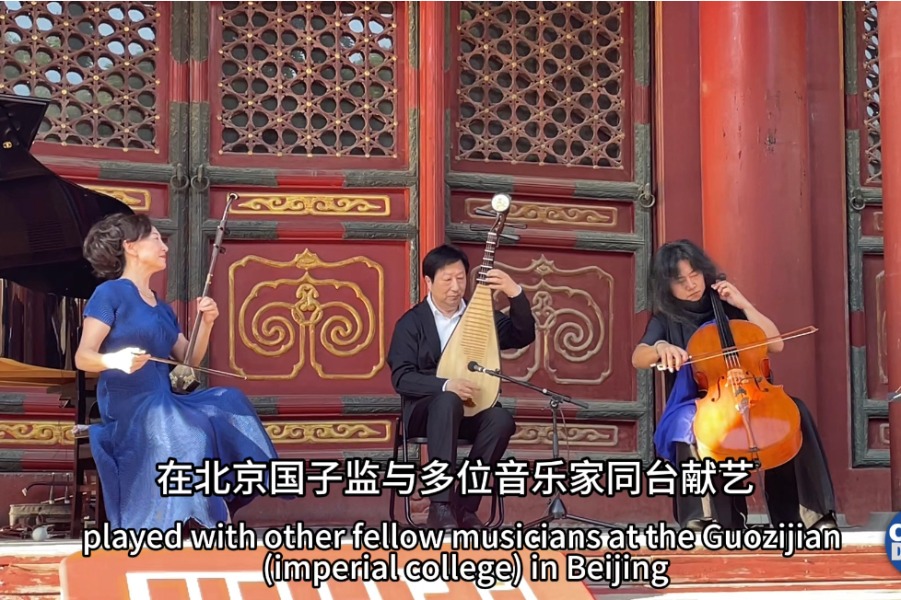Coaxing secrets out of an ancient desert sentinel


Joint excavations in Uzbekistan's millennia-old ruins uncover buried legacies that once connected Central Asia to rest of the world, Fang Aiqing reports.
On the southern edge of Central Asia's Kyzylkum Desert, where the sands meet an oasis, lies the ancient site of Bolshaya Kyrk-Kyz Kala, directly translated as the "Big Fortress of Forty Girls".
Built in the 4th to 3rd centuries BC and inhabited until the 7th to 8th centuries, the fortress has withstood millennia of wind and sand, standing as a witness to the rise and fall of settlements along the lower reaches of the Amu Darya River in Karakalpakstan, an autonomous republic of Uzbekistan southeast and southwest of the Aral Sea.
Though legends about this place abound, one stands out: once upon a time, a princess and her 40 companions bravely repelled waves of nomadic invaders, defending their fortress and securing a legacy of courage and honor in its name.
Legends aside, the vast, sparsely populated region along the lower reaches of the Amu Darya River preserves a wealth of historical sites and relics — from architectural remains and murals to human skeletons — that offer rare insights into cultural exchanges, human migrations and historical transformations across Central Asia. The land has become a magnetic draw for archaeologists and historians eager to uncover its mysteries.
From April to May, a group of teachers and students from the School of Art and Archaeology of Zhejiang University in Hangzhou, East China's Zhejiang province, participated in a joint excavation program of Bolshaya Kyrk-Kyz Kala, along with their counterparts from the Karakalpak Scientific Research Institute of Humanities, which is part of the Karakalpak branch of Uzbekistan's Academy of Sciences, as well as Russia's State Museum of Oriental Art.
Earlier, Uzbek and Russian archaeologists had partially explored the site, which once served as part of a defensive fortress system protecting the oasis during the early Khwarazm period. The Khwarazm civilization, spanning today's Turkmenistan, Uzbekistan and Kazakhstan, flourished for over a thousand years along the Silk Road before fading in the 13th century.
Excavations revealed the remains of residential buildings and traces of handicraft production, particularly pottery workshops, in the eastern suburbs of the site. Yet, a full understanding of the city's layout and internal organization remains elusive.
Building on their expertise in interdisciplinary archaeology, staff members from Zhejiang University were invited by the Karakalpak institute to conduct field investigations and preliminary research in Karakalpakstan in May 2024 and this March, respectively, before they signed a memorandum of cooperation and formally carried out excavation and research at the Bolshaya Kyrk-Kyz Kala site in April and May.
During the month of excavation, the team of experts and college students from China, Uzbekistan and Russia explored an area of around 110 square meters slightly northwest of the site's central part.





































